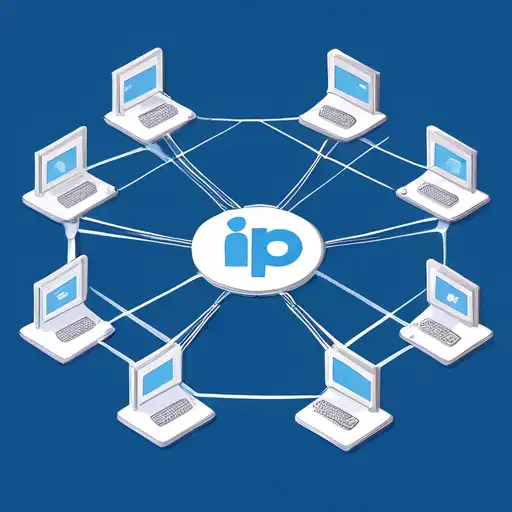Introduction to IP Addresses
In the vast world of networking, understanding IP addresses is fundamental. An IP (Internet Protocol) address is a unique identifier assigned to each device connected to a network, enabling communication between devices. This guide will walk you through the basics of IP addresses, their types, and their importance in networking.
What is an IP Address?
An IP address is a numerical label assigned to each device participating in a computer network that uses the Internet Protocol for communication. It serves two main functions: identifying the host or network interface and providing the location of the host in the network.
Types of IP Addresses
There are two main types of IP addresses: IPv4 and IPv6. IPv4, the most widely used version, consists of four numbers separated by dots (e.g., 192.168.1.1). IPv6, the newer version, was developed to deal with the long-anticipated problem of IPv4 address exhaustion and is represented by eight groups of four hexadecimal digits.
Static vs. Dynamic IP Addresses
IP addresses can also be classified as static or dynamic. A static IP address remains constant, while a dynamic IP address can change. Dynamic IP addresses are assigned by a DHCP (Dynamic Host Configuration Protocol) server and are commonly used for consumer devices.
Why Are IP Addresses Important?
IP addresses are crucial for the functioning of the internet. They allow devices to find and communicate with each other, enabling everything from sending emails to streaming videos. Without IP addresses, the internet as we know it would not exist.
How to Find Your IP Address
Finding your IP address is simple. On a Windows PC, you can use the command prompt and type ipconfig. On a Mac, go to System Preferences > Network. Your IP address will be displayed under the connection status.
Securing Your IP Address
While IP addresses are essential for connectivity, they can also pose security risks. Hackers can use your IP address to launch attacks. To protect yourself, consider using a VPN (Virtual Private Network) to hide your real IP address.
Conclusion
Understanding IP addresses is a cornerstone of networking knowledge. Whether you're setting up a home network or pursuing a career in IT, grasping the basics of IP addresses will serve you well. Remember, the internet relies on these unique identifiers to function smoothly.
For more networking basics, check out our guide on Networking Fundamentals.
